IMF lowers Pakistan’s growth projection for FY2021
The International Monetary Fund (IMF) has predicted continuous negative effects of COVID-19 pandemic on different economies and lowered Pakistan’s growth projection by about 1 percentage points for the current fiscal year driven by weaknesses in second half of 2020
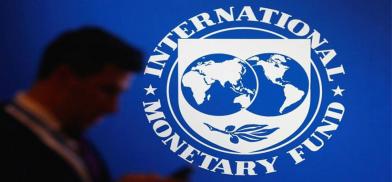
The International Monetary Fund (IMF) has predicted continuous negative effects of COVID-19 pandemic on different economies and lowered Pakistan’s growth projection by about 1 percentage points for the current fiscal year driven by weaknesses in second half of 2020.
The IMF’s Regional Economic Outlook Update: Middle East and Central Asia released on Monday said the markdowns in growth during the second half of 2020 are also reflected for Egypt and Pakistan, both of which lowered their fiscal year 2020/21 (which starts July 2020) projections by about 1 percentage point, driven by weaknesses in the second half of 2020.
Pakistan envisaged GDP growth rate at 1 percent for the current fiscal year against negative 0.4 percent for last financial year 2019/20 that ended on June 30, 2020. The IMF’s projection indicates that the economic recovery in current fiscal year would remain much lower than expectation of government.
Egypt, Jordan, the Kyrgyz Republic, Pakistan, and Tunisia have received emergency assistance under the rapid financing instrument from the IMF, while Afghanistan, Djibouti, the Kyrgyz Republic, Mauritania, Tajikistan, and Uzbekistan have accessed its concessional counterpart, the Rapid Credit Facility.
Pakistan and Jordan are both employing online beneficiary registration and eligibility verification, while facilitating e-money payments. Pakistan and Egypt stand out with cuts of 525 basis points (bps) and 300 bps, respectively, with Pakistan reducing its rate by a further 100 bps in late June.
Several countries have allowed the exchange rate to work as a shock absorber (Armenia, Georgia, Kyrgyz Republic, Morocco, Pakistan), in some cases combined with interventions (Georgia, Pakistan).
The Middle East and Central Asia (MCD) region has reacted to the global COVID-19 pandemic with swift and stringent measures that have saved lives. However, these policies have also had a large impact on domestic economic activity.
With several countries in the region beginning reopening in past weeks, and a recent uptick in activity, rising infection numbers may pose risks.
A sharp decline in oil prices together with production cuts among oil exporters and disruptions in trade and tourism added further headwinds. As a result, growth in the region is now projected at –4.7 percent in 2020, 2 percentage points lower than in April 2020.
The unusually high level of uncertainty regarding the length of the pandemic and its impact on firm closures, the resulting downside risks (including social unrest and political instability), and potential renewed volatility in global oil markets dominate the outlook.
The pandemic will continue to test countries’ health capacity and economic resilience. While ensuring strong health systems remains the immediate priority, governments should also focus on supporting the recovery and setting up resilient and well-targeted social safety nets.
As the pandemic wanes, countries should facilitate recovery by easing the reallocation of workers and resources, as needed, while resuming gradual fiscal adjustment and rebuilding policy buffers. Multilateral support can play a key role in helping countries surmount these shocks.
https://www.thenews.com.pk/print/686411-imf-lowers-pakistan-s-growth-projection-for-fy2021




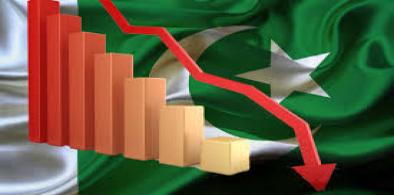
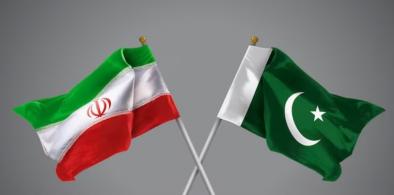
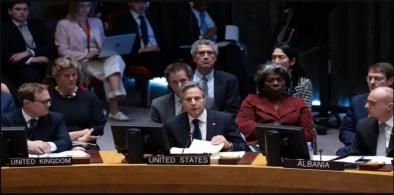
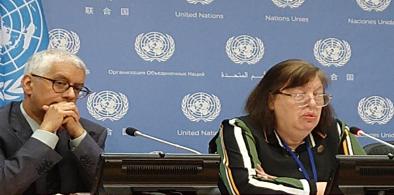








Post a Comment